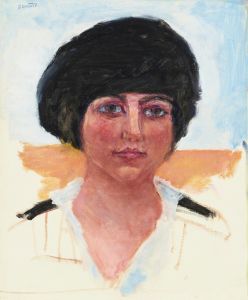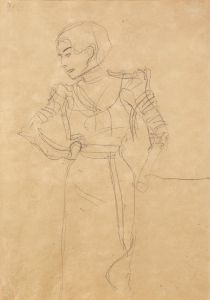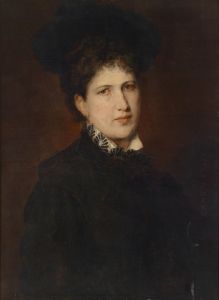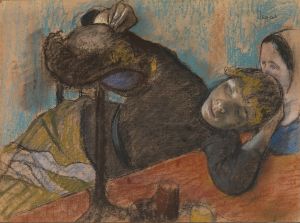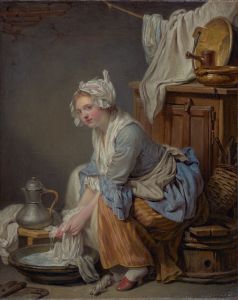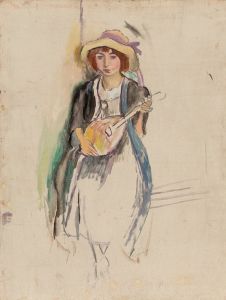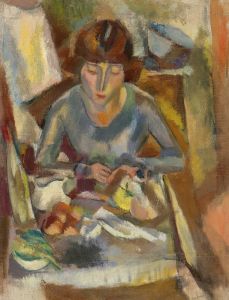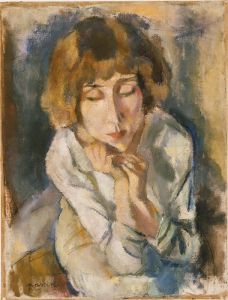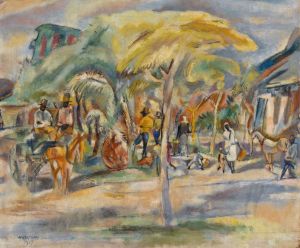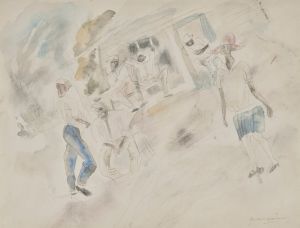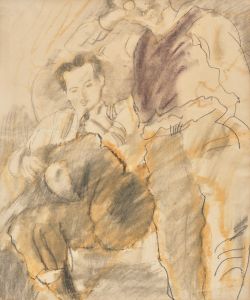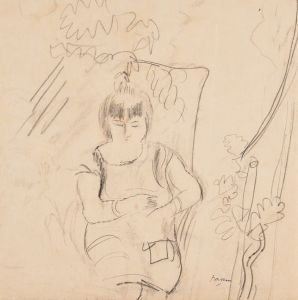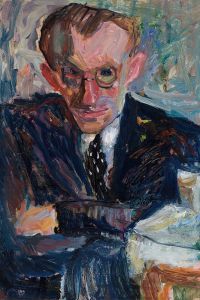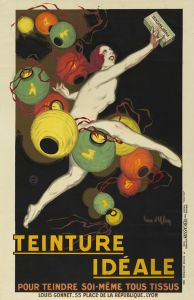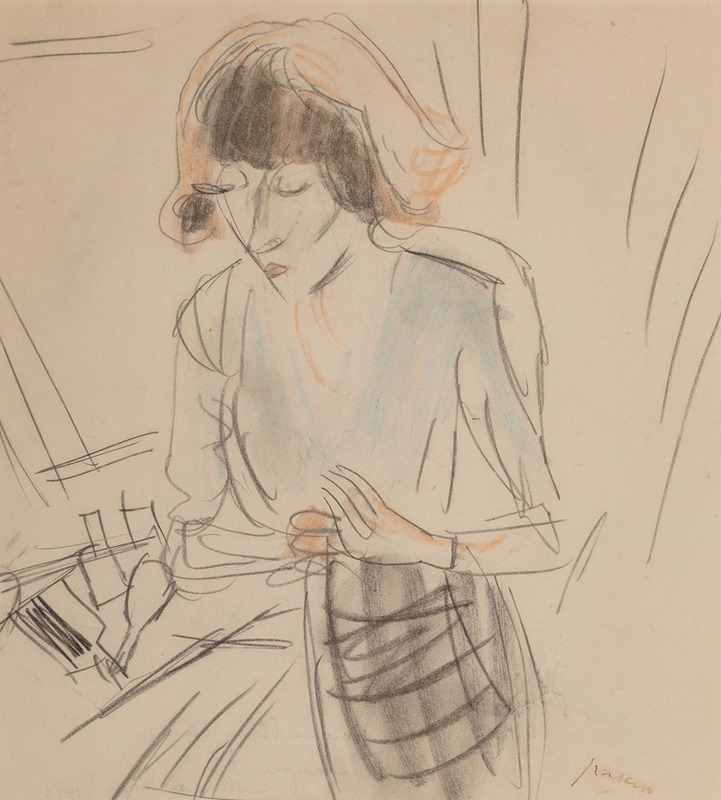
Hermine blouse bleue
A hand-painted replica of Jules Pascin’s masterpiece Hermine blouse bleue, meticulously crafted by professional artists to capture the true essence of the original. Each piece is created with museum-quality canvas and rare mineral pigments, carefully painted by experienced artists with delicate brushstrokes and rich, layered colors to perfectly recreate the texture of the original artwork. Unlike machine-printed reproductions, this hand-painted version brings the painting to life, infused with the artist’s emotions and skill in every stroke. Whether for personal collection or home decoration, it instantly elevates the artistic atmosphere of any space.
"Hermine blouse bleue" is a painting by the Bulgarian-born French artist Jules Pascin, who is known for his contributions to the early 20th-century art scene, particularly within the context of the École de Paris. Pascin, born Julius Mordecai Pincas on March 31, 1885, in Vidin, Bulgaria, was a prolific painter and draftsman, celebrated for his delicate and often melancholic depictions of women.
The painting "Hermine blouse bleue" features a woman named Hermine, who is depicted wearing a blue blouse. This work is characteristic of Pascin's style, which often includes soft, fluid lines and a muted color palette that conveys a sense of intimacy and introspection. The subject, Hermine, is portrayed with a contemplative expression, a common theme in Pascin's portraits, which frequently explore the inner lives and emotions of his sitters.
Pascin's artistic career began in earnest when he moved to Paris in 1905, where he became associated with the Montparnasse artistic community. He was a central figure in the bohemian circles of the time, mingling with other notable artists such as Amedeo Modigliani, Chaim Soutine, and Marc Chagall. Pascin's work was influenced by his travels and his exposure to various artistic movements, including Impressionism and Post-Impressionism, though his style remained distinctively his own.
"Hermine blouse bleue" exemplifies Pascin's ability to capture the subtleties of human expression and the nuances of light and shadow. His technique often involved a delicate application of paint, creating a sense of transparency and depth. The blue blouse worn by Hermine in the painting adds a touch of color that contrasts with the otherwise subdued tones, drawing attention to the figure and enhancing the overall composition.
Throughout his career, Pascin's work was exhibited widely, and he gained considerable recognition both in Europe and the United States. Despite his success, Pascin struggled with personal demons, including depression and alcoholism, which ultimately led to his tragic suicide on June 2, 1930, in Paris. His death marked the end of a significant chapter in the history of modern art, but his legacy endures through his evocative and poignant body of work.
"Hermine blouse bleue" remains an important piece within Pascin's oeuvre, reflecting his mastery of portraiture and his deep sensitivity to the human condition. The painting continues to be appreciated by art historians and collectors alike, serving as a testament to Pascin's enduring influence on the art world.





